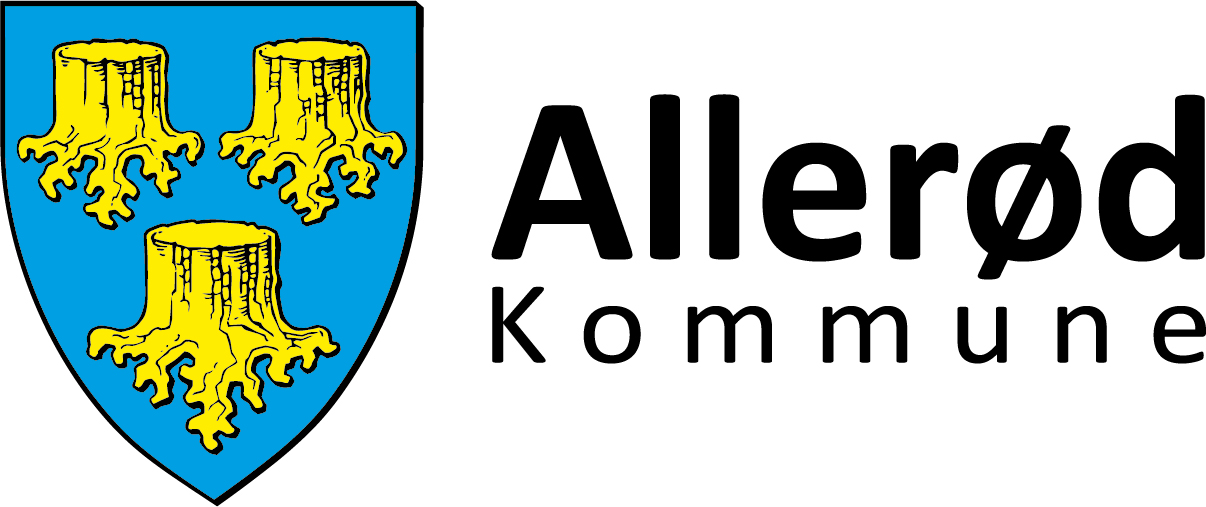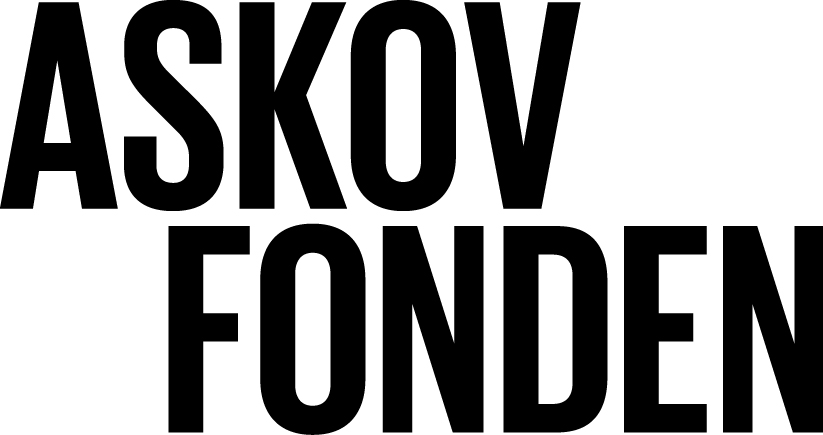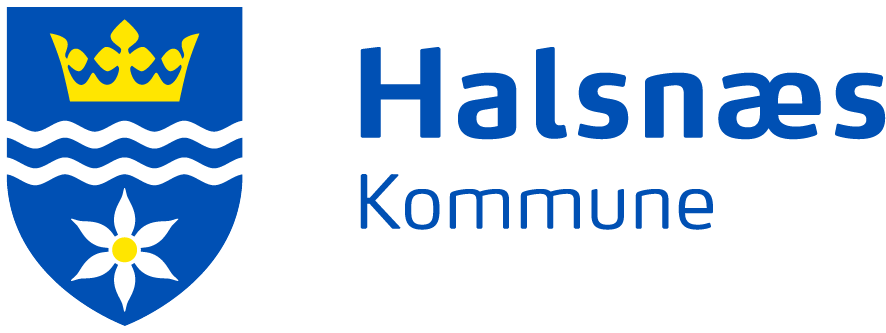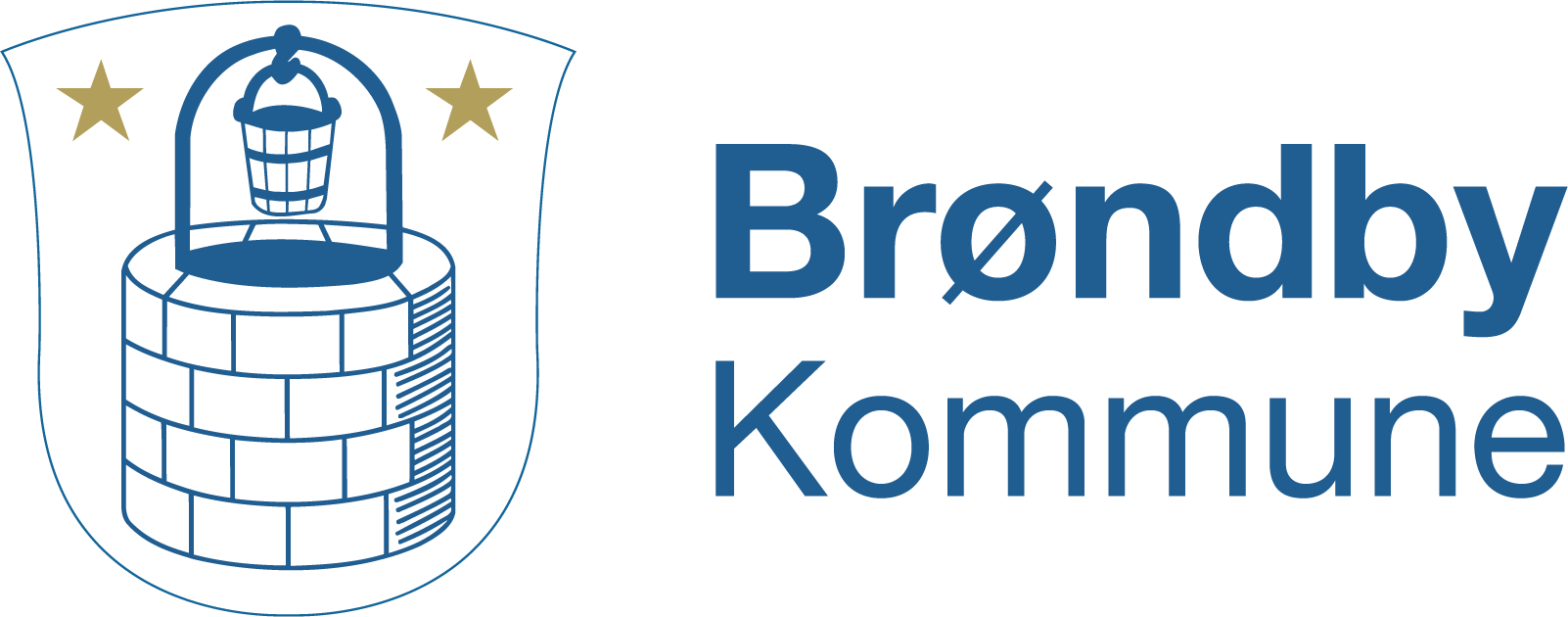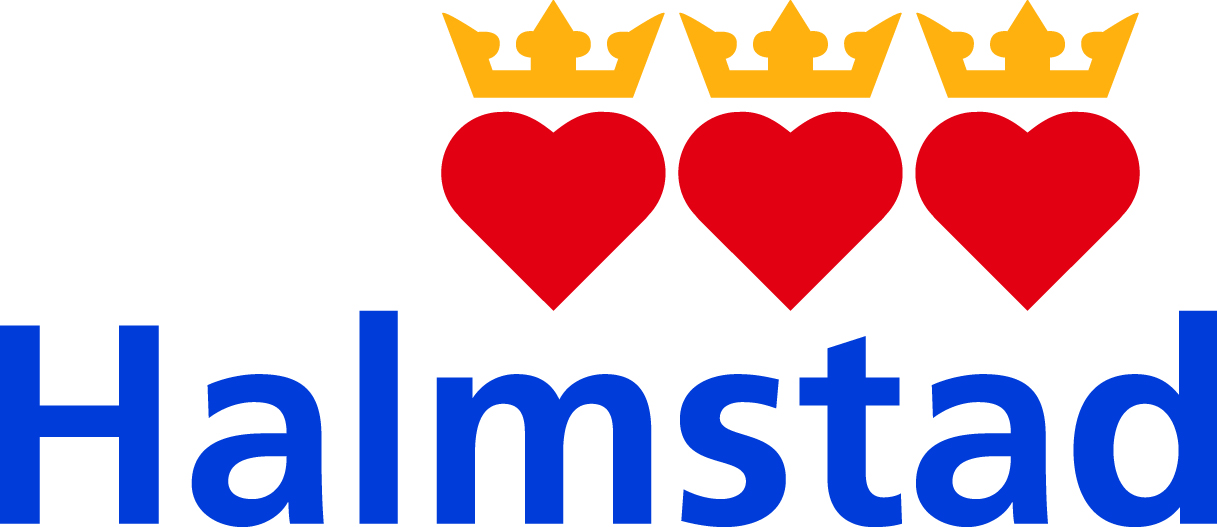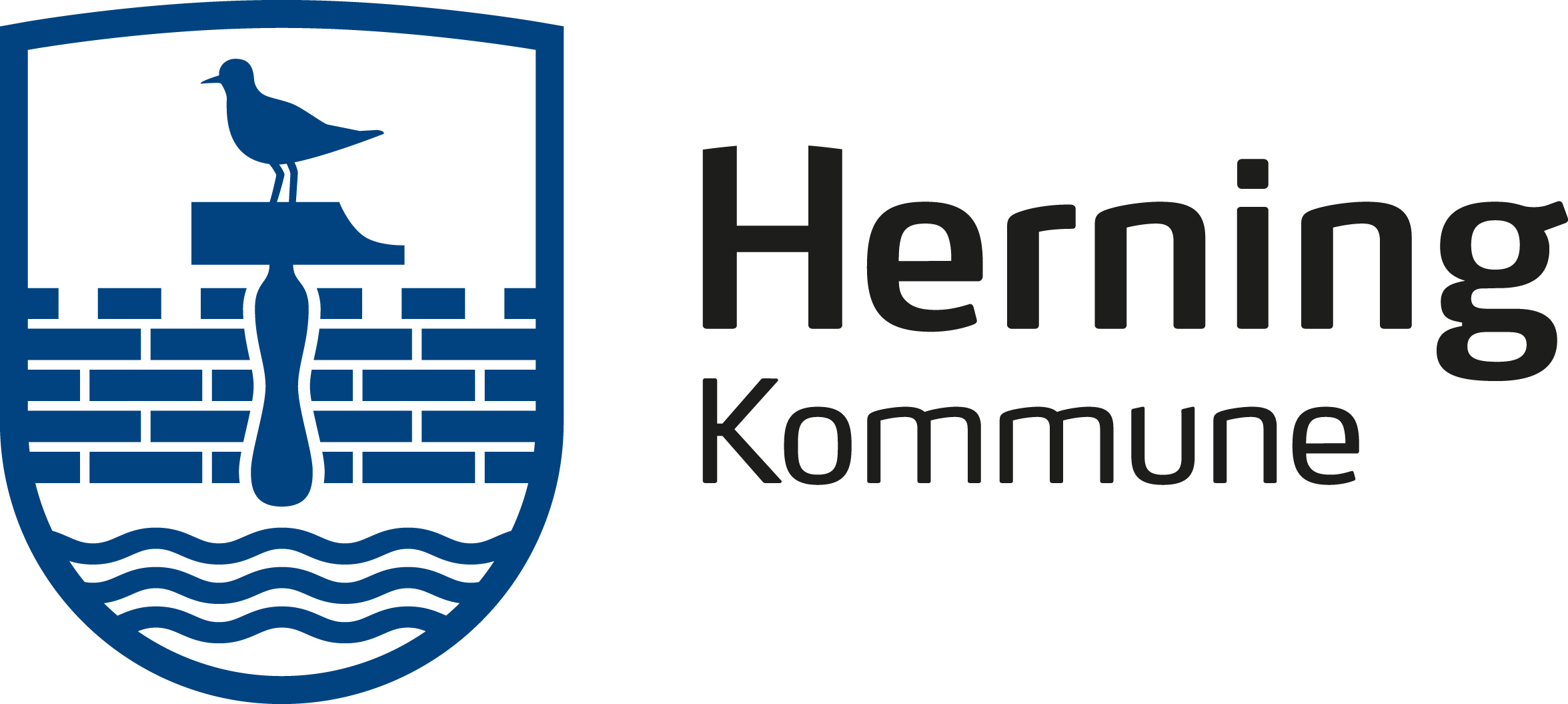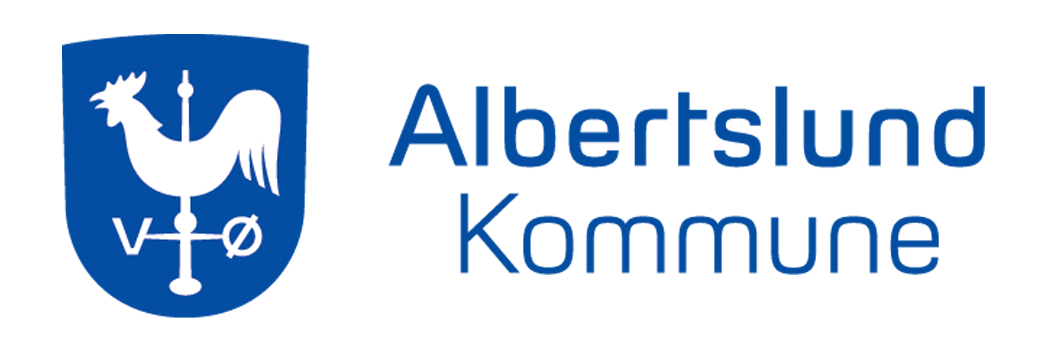If specified by the audit plan, audit conclusions can lead to recommendations for improvement, or future auditing activities. Interactive audit activities involve interaction between the auditee’s personnel and the audit team. Non-interactive audit activities involve no human interaction with individuals representing the auditee but do involve interaction with equipment, facilities and documentation. Social auditing consists of the auditing of various departments and activities at the same time.
- With SMETA, a supplier can share one audit with multiple brands, thus, saving effort and money.
- Audits provide detailed assessments of labor practices, environmental impact and ethical business conduct.
- Non-interactive audit activities involve no human interaction with individuals representing the auditee but do involve interaction with equipment, facilities and documentation.
- Report on key metrics and get real-time visibility into work as it happens with roll-up reports, dashboards, and automated workflows built to keep your team connected and informed.
- Focus on adopting widely recognized frameworks like SA8000 or SEDEX to create a unified compliance strategy.
These are concerned with paying fair and timely dividends to the stockholders, fair salaries, and wages to the employers and laborers. Also, fair, reasonable, and best possible prices are offered to clients and customers, and the extension, development, and enhancement of an entity’s business allows it to become financially independent. They may be offered bribes and may be threatened to remove negative findings from reports. They may be held against their will, needing the police to free them or needing tact and negotiation skills to extricate themselves. If auditors report harassment back to the brand, the brand may choose another audit firm, seeking no consequences for the supplier or facility.
Empanelment of Social Auditors with SROs
With sharp focus on the social impact of business, standards, frameworks and guidance on social auditing have become essential requirements. Monitoring, measuring and reporting the social performance of enterprises have emerged as a regulatory requirement. Based on the guidance in NGRBC, Business Responsibility & Sustainability Reporting is a compliance requirement for the top 1000 companies in India. The fact that NGRBC is dovetailed with the United Nations Guiding Principles on Business & Human Rights (UNGP) makes the BRSR disclosures globally relevant. There are many examples that show how people find issues with projects and practices.
How is social auditing done?
Sign up for QIMA newsletter and receive insights on quality control, global trade compliance, CSR and traceability in the supply chains. Supply chain visibility includes understanding if your suppliers are outsourcing production without authorization. Unauthorized subcontracting can put a company at risk by utilizing suppliers with unfair and unsafe working conditions. Uncovering these practices and assessing the next steps with professional auditors is essential. The social auditor should form an opinion/a conclusion about whether the subject matter information is free of material misstatement.
Objectives & Management
Workers’ rights are becoming increasingly important, and customers are reluctant to support companies that don’t address these issues. The meaning of social audit is to inspect a company’s working and production procedure to improve its social performance. The output of the social audit provides information on how well a company is keeping a balance between social responsibility and making profits. This type of audit can be a cost-effective way to identify and address non-compliance issues.
Discover why over 90% of Fortune 100 companies trust Smartsheet to get work done.
It is conducted so that no powerful organization can exploit the resources available to it and don’t use any antisocial means to make a profit. The political environment in the organization is audited, which is the analysis of the relationship between management and employees, and manager and workers of the organization. As stakeholder expectations and global regulations evolve rapidly in the same direction – towards a zero-tolerance for unethical behavior – companies are under increasing pressure to demonstrate social compliance.
The CoC is in addition to the regulatory requirements prescribed by the SSE or any other regulatory bodies having jurisdiction over them. For small organizations, it may not be possible for internal auditors to be fully independent of the activity being audited, but every effort should be made to remove bias and encourage objectivity. With the forthcoming launch of the social stock exchange – social audit has matured with types of social audit well-defined deliverables.
The information provided by social audits allows decision-makers to meet their obligations toward stakeholders so that projects can be run more efficiently, effectively, and ethically. The Responsible Jewelry Council (RJC) was formed by the leading mining and retail companies in the jewelry industry to set ethical standards for the watch and jewelry industry. The RJC developed their Code of Practices (COP) to unify the industry in fair business practices and sustainability across jewelry companies’ supply chains. The Ethical Trading Initiative (ETI) is an organization made up of corporations, trade unions, and NGOs.




